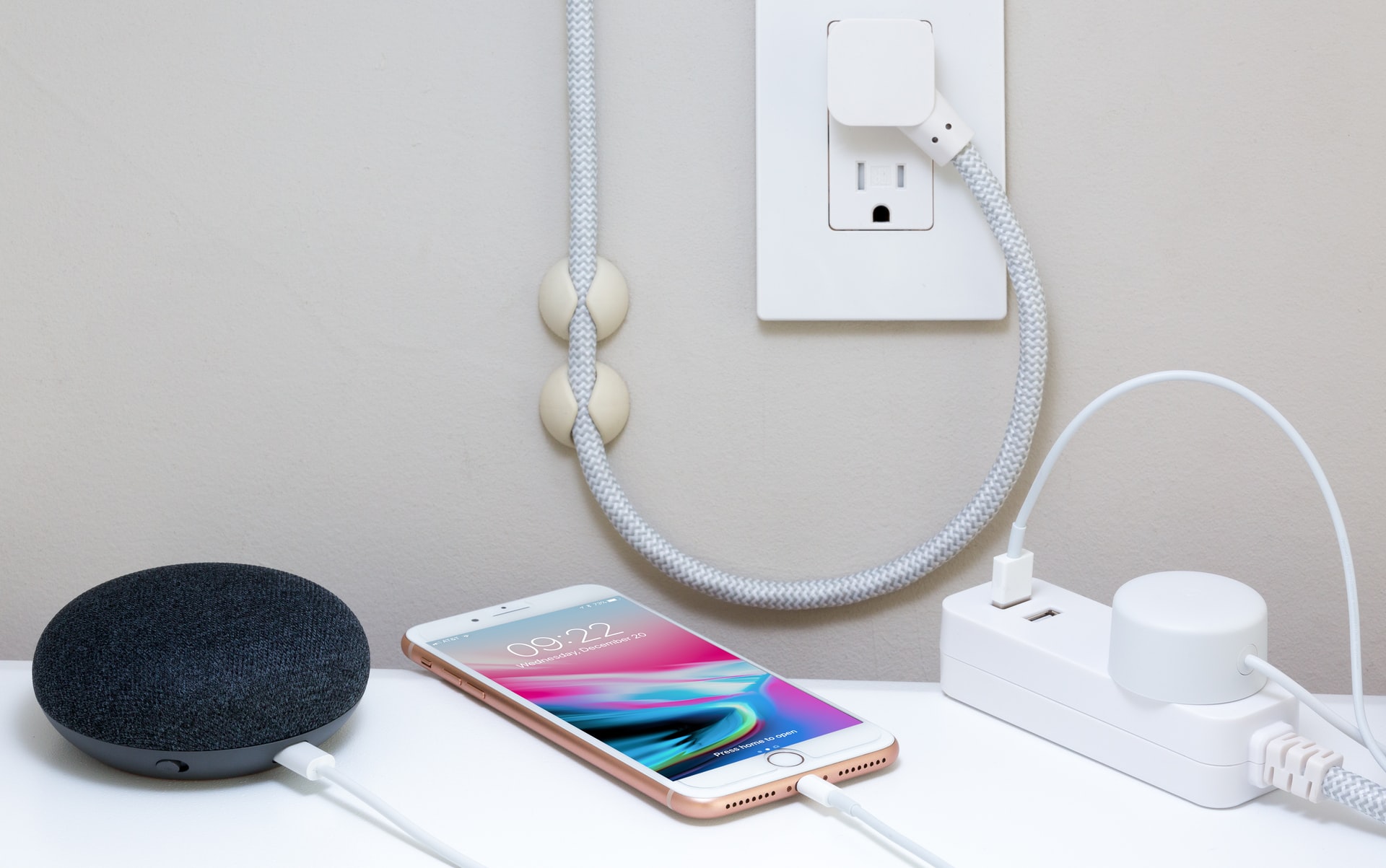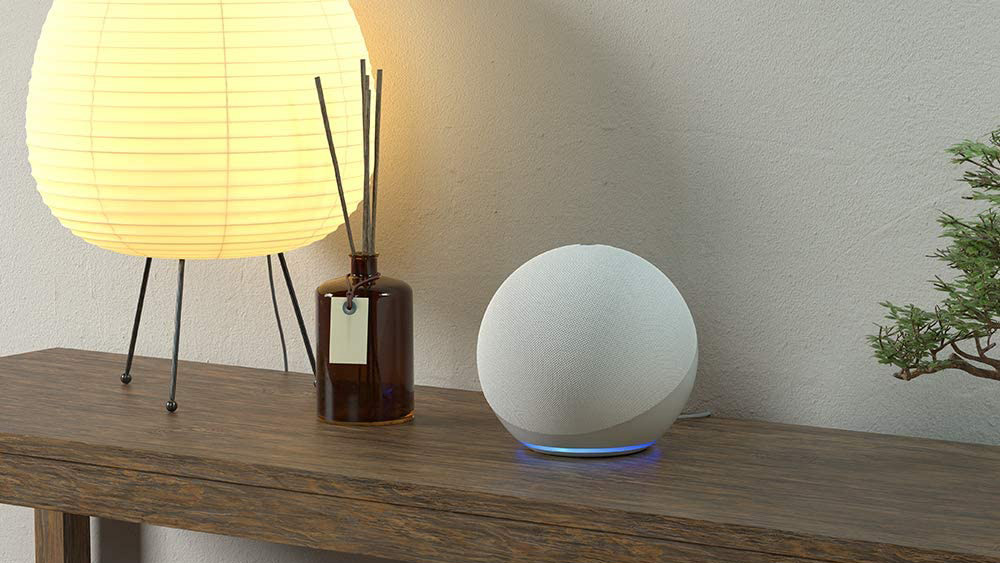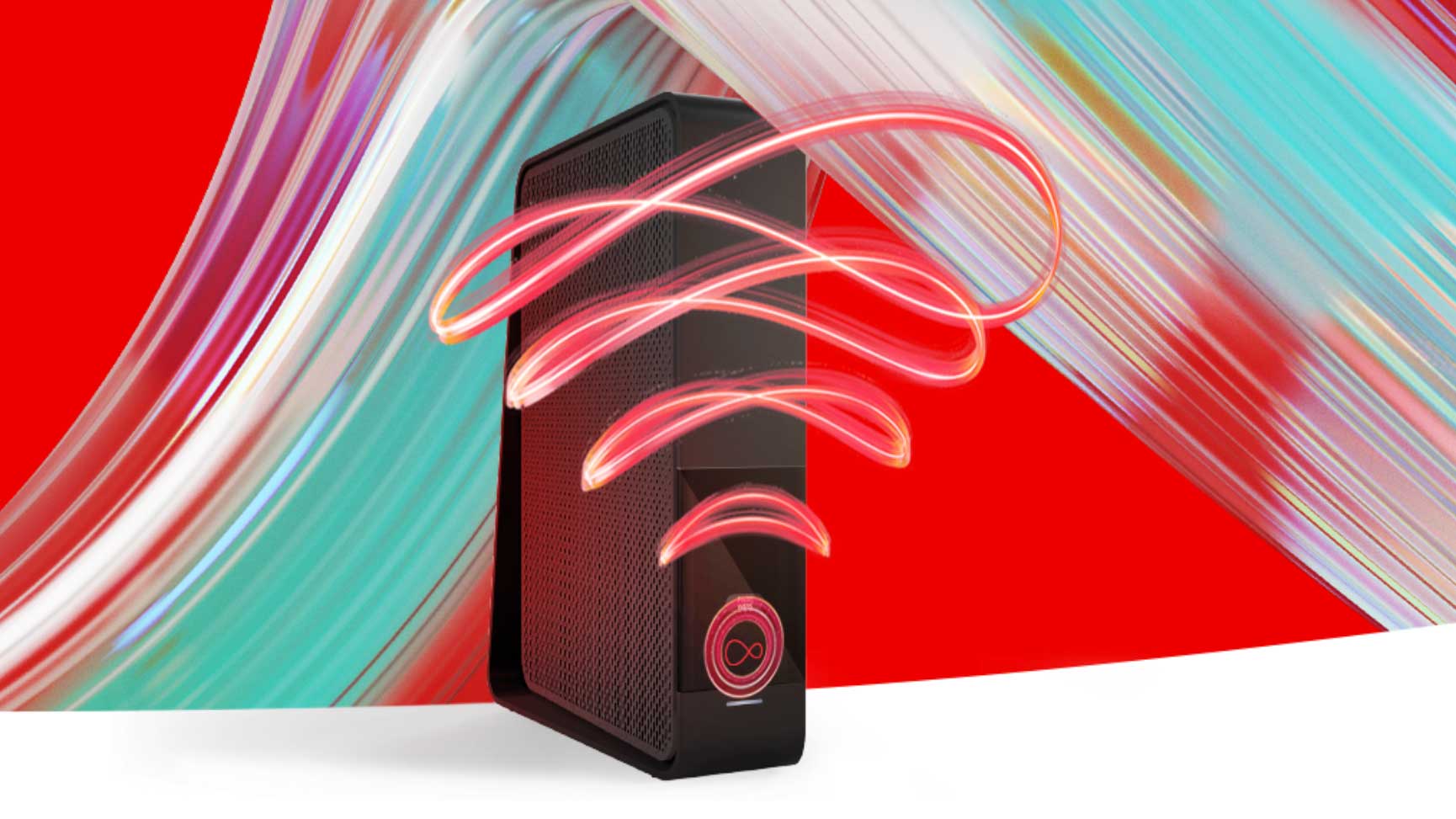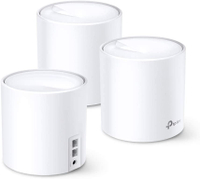

Knowing how to boost Wi-Fi is crucial when our homes have become our offices and entertainment spaces. Many families are finding that their internet is simply not coping with everyone using it at the same time, and now that we're doing everything from home, including work calls and hours of Netflix, the pressure on our home broadband is much higher. Often, it can be that you don't have adequate download speeds to support all you need to do, but a common issue is not with what speeds are coming into your home, but how well it travels around the home. Yes your Wi-Fi signal could be lacking with devices suffering lag or not connecting at all.
So why is your Wi-Fi signal so bad and what can you do about it? We explain what the common causes are and share tips to help you boost Wi-Fi connection without the need for calling out an engineer.
Keep scrolling to find out more, otherwise, head to our broadband deals page for more info.
Is it bad Wi-Fi or slow broadband?
Before remedying the problem you need to know what it is – poor broadband or poor Wi-Fi signal? Run a broadband speed test to ensure you are getting decent download and upload speeds. For the average family home 35–40MB should be adequate. If you have lots of people streaming in HD or gaming, you might want to look at 60–70MB packages. Those working from home doing video or photography work will also need to look for higher upload speeds. Find out what broadband speed you need in our guide. Many providers will reimburse you if you don't get advertised speeds.
If the speed test shows you are getting what is advertised, then the issue could be with your Wi-Fi signal. This is very obvious if you find the connection is better when you are close to the router, but worse when you move away. Rooms furthest from the router – especially on higher floors and behind thick walls – will likely be the worst affected by poor Wi-Fi signal.
- If you decide that switching to a different provider is the way forward, check out our pick of the best broadband providers
Why do my devices keep losing connection?
According to Will Liu, Managing Director for TP-Link UK, there are four main reasons that your devices might disconnect from the network.
1. Too many devices:
As we add more connected devices to our homes old routers can get overloaded and are unable to keep a strong connection to all the devices simultaneously. This is one of the reasons that The Institute of Electrical and Electronics Engineers (IEEEE) launched WiFi 6, the latest networking standard. This is optimised to handle our desire for internet connected devices like smart speakers, smart plugs, smart TVs etc…
2. Wireless interference from neighbours
You might be suffering from wireless interference from your neighbour's network. WiFi 6 incorporates technology that actively scans for other network and optimises your network settings for the best wireless coverage and performance.
3. Interference from household devices
There could be wireless interference from household devices that emit electromagnetic waves like mobile phones and microwave ovens. Interference generally occurs on the 2.4Ghz channel so where possible move devices to the 5Ghz channel to reduce the impact of other devices.
4. Outdated routers and drivers
Always apply updates to devices and on your router to prevent any outdated drivers or firmware within your home network.
How to improve your Wi-Fi
There are three key options for extending your wireless reach. Which one you need will depend on your home and where the signal issue is. We advise on the choices below, and then have further tips for limiting Wi-Fi interruption.
1. Wi-Fi extender
Router boosters or Wi-Fi extenders can dramatically improve the performance of your Wi-Fi. They are a good option for open plan homes, or smaller homes where the Wi-Fi just needs a little oomph. A wireless extender is extremely easy to set up. Plug it in and where a router has a WPS button simply push it on the router and range extender to create a connection. Alternatively you connect to the router via a browser and run through the setup.
Browse the best Wi-Fi extenders in our expert guide. A good one will set you back £40 to £50.
2. Powerline
A powerline adapter kit essentially turns your home's electrical circuit into ethernet providing an internet connection from any socket. These are best for homes with multiple floors, thick walls or garden offices (if they are hard wired to the mains). They come in sets, with one to plug in by the router and the others go in your home office, or where you want to connect a device. This tends to be used for computers, smart TVs or games consoles, but some do come with a Wi-Fi booster too which can be used for wireless connections.
This is also a very affordable option with powerline sets starting from about £30.
3. Mesh
Mesh is the most expensive option but the most secure, stable and reliable for offering high speeds. It is the latest innovation in networking that uses multiple nodes to provide a seamless, whole home WiFi. If you have a large home, with lots of people (and all their devices), a WiFi 6 Mesh router will be the best choice. They come in sets and you set each unit up in a room to boost the signal in that space.
Mesh systems tend to have enough capacity for loads of devices – it is rare a home would have more than it can handle – but you often have the ability to cap bandwidth to certain devices so that you can prioritise. For example, set a limit of the kid's consoles while you are busy working and you will never get interrupted by bad connection in a Zoom meeting again.
TP-Link Deco X60 Whole Home Mesh Wi-Fi System | From £456.30 on Amazon
Deco X60 is optimised to support 100+ devices simultaneously. It also comes with HomeCare an anti-virus and malware protection solution and intuitive network management tools in the Deco app. For example Quality of Service enables you to put a bandwidth cap on individual devices that might hog bandwidth for example games consoles leaving plenty of bandwidth for the rest of the household. It also works with Alexa so you can use voice commands to set up the guest network or run a network speed test.
What about getting Wi-Fi to a garden office?
With many of us working from home, garden offices have become a solution for those lacking a dedicated office space. The issue is that a standard router is rarely strong enough to offer a constant and reliable connection to an outbuilding or garden space. The best options in this case are powerline if you have electricity to the office, or a hybrid mesh and powerline system, such as the TP-Link Deco P9. It allows you to use your electrical circuit combined with mesh networking for a failsafe connection.
Top tips for maintaining a good Wi-Fi signal
Once you have checked your broadband is up to speed and have installed boosters, powerline or mesh systems to establish a better connection, here are some tips to make sure you keep getting a strong signal.
1. Don't use your microwave
Yes, it's true: microwaves can interfere with Wi-Fi speed. This doesn't mean you can't use the microwave at all – just avoid using it while doing something that consumes a lot of bandwidth, such as a conference call or gaming.
2. Place your router away from other electronics
Almost all other electronics can mess with the performance of your router if it's too close to them, including televisions and mobile phones. So, position your router as far away from them as possible. Also, try placing it on a shelf rather than on the floor.
3. Choose standard video quality over HD
Limit the load on your Wi-Fi by getting family members to stick to standard definition when everyone is trying to connect at once. Even if your TV is HD, you can still opt to stream video content in SD on Netflix. To do this, go into the settings section of your Netflix profile. The same goes for streaming movies via YouTube – you very often get the option to rent a film in standard definition, so go for that one.
4. Get an ethernet cable
If you have phone sockets around the home, the good old-fashioned ethernet cable is the best way to get your internet up to desired speed. They're easy to just plug into your laptop and they are very cheap.
Changing broadband provider instead? Compare deals
Keep reading:
- Best Netflix series to stream at home
- Best Netflix films for evenings spent on the sofa
Join our newsletter
Get small space home decor ideas, celeb inspiration, DIY tips and more, straight to your inbox!

Lindsey is Editor of Realhomes.com and Editor in Chief for Home Ecommerce at Future. She is here to give you aspirational, yet attainable ideas for your home and works with her team to help you get the best buys, too. She has written about homes and interiors for the best part of a decade for brands including Homes & Gardens, Ideal Home and Gardeningetc and isn't afraid to take the inspiration she finds at work into her own space – a Victorian terrace which she has been (slowly) remodelling for the last eight years. She is happiest sipping a cup of tea with a cat on her lap (if only she had a cat).
-
 The best automatic pet feeder: time feeds even when you’re not at home
The best automatic pet feeder: time feeds even when you’re not at homeOur pick of the best automatic pet feeders are designed to ensure your furry friend never goes hungry. Automate feeding time and control portions with these handy feeders
By Emily Shaw
-
 Dyson Supersonic review: it completely changed the way I blow-dry my hair
Dyson Supersonic review: it completely changed the way I blow-dry my hairAfter one use, the Dyson Supersonic left my hair smoother, softer, and more manageable — in half the time it usually takes to blow dry my hair
By Brittany Romano
-
 The most useful smart-home tech updates from CES 2021
The most useful smart-home tech updates from CES 20215 new smart-home products to help you work smarter, not harder this year.
By Ann Loynd Burton
-
 The best things to ask Alexa – 25 questions and commands for this voice assistant
The best things to ask Alexa – 25 questions and commands for this voice assistantThese are the best things to ask Alexa – to help you in daily life, to make you laugh and more
By Annie Collyer
-
 No green thumb? A smart garden makes growing herbs foolproof
No green thumb? A smart garden makes growing herbs foolproofA smart garden is the easiest way to bring your outdoor plants, indoors and we've found the perfect one.
By Brittany Romano
-
 Virgin Media deals: the very best package deals
Virgin Media deals: the very best package dealsThe best Virgin Media deal is only £24 per month and it comes with a free £50 Amazon voucher...
By Annie Collyer
-
 Best Fitbit: 6 top health trackers for all fitness levels
Best Fitbit: 6 top health trackers for all fitness levelsThese are the very best Fitbits to buy, no matter your fitness level or what you are planning to use it for
By Emily Shaw
-
 Best smart Christmas lights: control your festive lighting the smart way
Best smart Christmas lights: control your festive lighting the smart wayBright idea: Invest in smart Christmas lights and give your home a magical boost!
By Niamh Quinn
